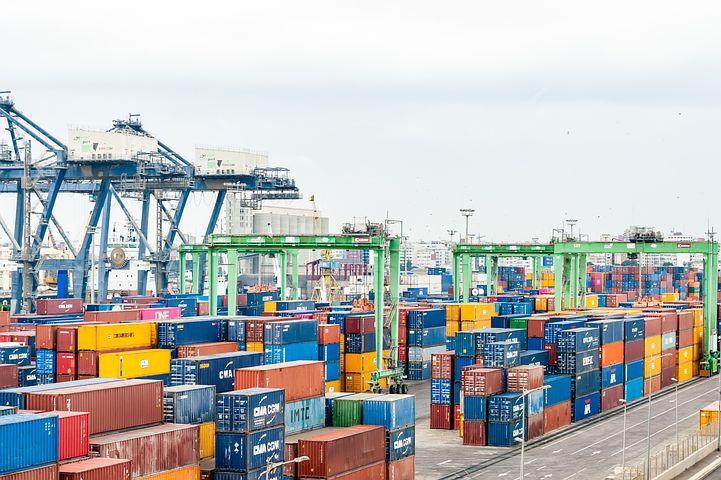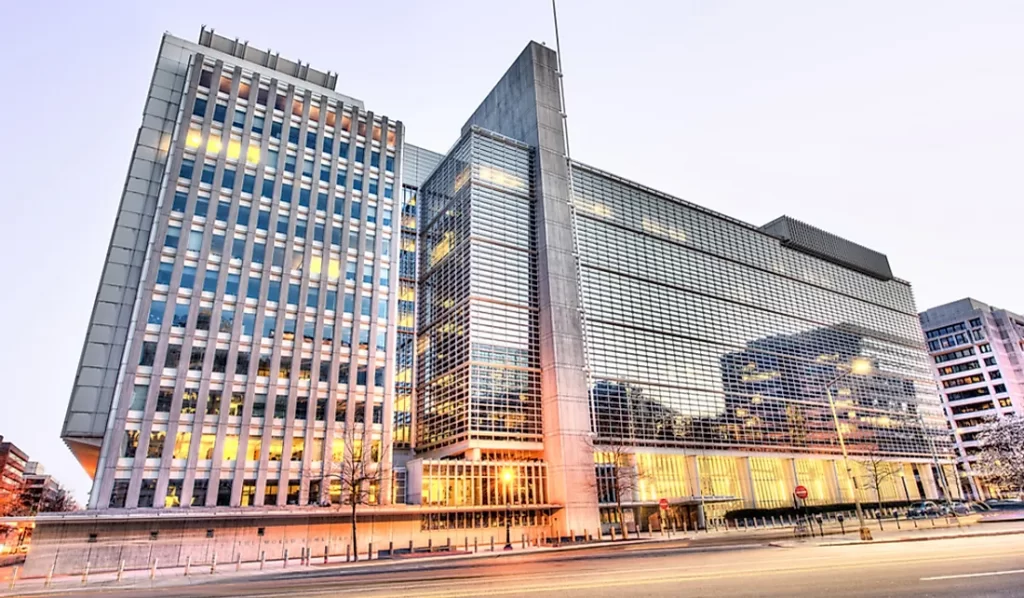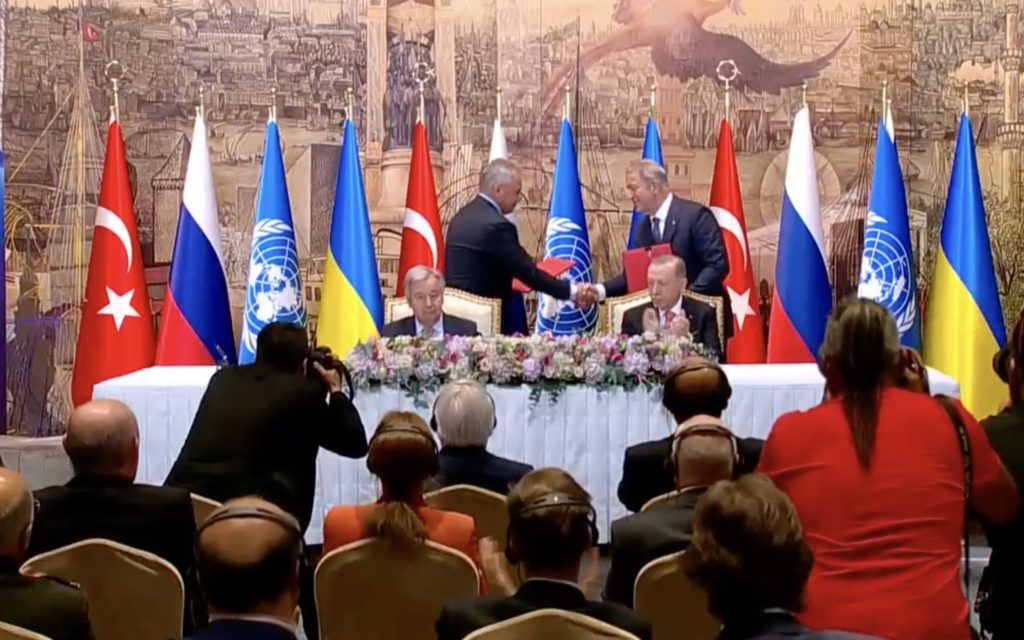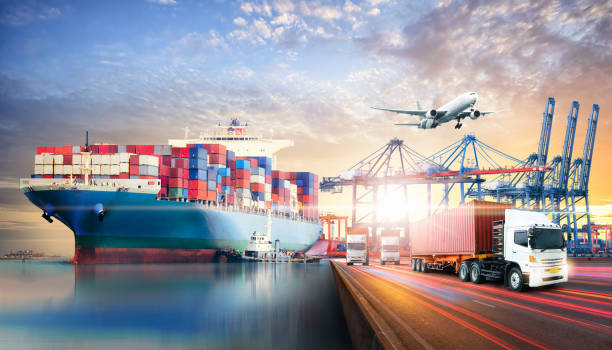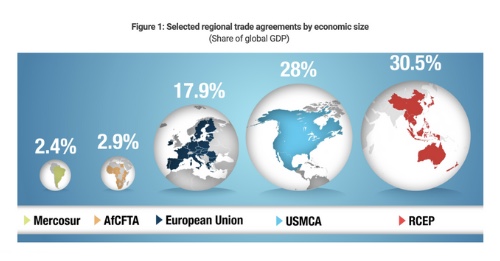World faces “highly uncertain” near-term economic outlook, U.N. says
New York, January 25 – With multiple crises persisting around the world, including the war in Ukraine, the global output growth is expected to decelerate from around 3 per cent in 2022 to only 1.9 per cent in 2023, making it one of the lowest growth rates in recent decades, the United Nations said in its World Economic Situation and Prospects 2023.
The 178-page report’s executive summary said climate change, the Covid-19 pandemic, the ongoing 11-month-old war triggered by Russia and the resulting food and energy crises and high inflation have battered the world economy in 2022.
“Global growth is forecast to moderately pick up to 2.7 per cent in 2024, if, as expected, some macroeconomic headwinds begin to subside next year,” the report said despite the gloomy projections. “Inflationary pressures are projected to gradually abate amid weakening aggregate demand in the global economy.”
“The near-term economic outlook remains highly uncertain, however, as myriad economic, financial, geopolitical and environmental risks persist.”
A downturn in the global economy can impact on the achievement of a set of 17 Sustainable Development Goals by 2030. U.N. Secretary-General Antonio Guterres prefaced the report, calling for action to achieve the SDGs.
“This is not the time for short-term thinking or knee-jerk fiscal austerity that exacerbates inequality, increases suffering and could put the SDGs farther out of reach,” Guterres said. “These unprecedented times demand unprecedented action. This action includes a transformative SDG stimulus package, generated through the collective and concerted efforts of all stakeholders.”
Read the report https://desapublications.un.org/
Sharp downturn in most developed economies except Japan
The report said growth momentum has weakened in the United States, the European Union and other developed economies, “adversely affecting the rest of the world economy.”
In the United States, GDP is projected to expand by only 0.4 per cent in 2023 after estimated growth of 1.8 per cent in 2022. It said higher interest rates and lower real income have prompted US consumers to cut back on spending while housing market is affected by rising mortgage rates and building costs.
The report said the E.U. economy is forecast to grow by 0.2 per cent in 2023, down from an estimated 3.3 per cent in 2022, when further easing of COVID-19 restrictions and release of pent-up demand boosted economic activities. “As the European Union continues its efforts to reduce dependence on fossil fuels from the Russian Federation, the region remains vulnerable to disruptions in the energy supply, including gas shortages,” it said.
“Despite growing at a moderate pace, Japan’s economy is expected to be among the better-performing developed economies in 2023,” the report said, adding that the country’s monetary and fiscal policy remain “accommodative.” Japan’s GDP is forecast to increase by 1.5 per cent in 2023, slightly lower than the estimated growth of 1.6 per cent in 2022.
Worsening outlook in most developing regions; challenges for least developed countries
China’s economic growth is projected to moderately improve in 2023 after weaker-than-expected performance in 2022, the report said. “Amid recurring COVID-19- related lockdowns and prolonged stress in the real estate market, the economy expanded by only 3 per cent in 2022. With the Government abandoning its zero-COVID-19 policy in late 2022 and easing monetary and fiscal policies, economic growth is forecast to accelerate to 4.8 per cent in 2023. But the reopening of the economy is expected to be bumpy. Growth will likely remain well below the pre-pandemic rate of 6 to 6.5 per cent.”
“Economic recovery in East Asia remains fragile, although average growth is stronger than in other regions. In 2023, GDP growth in East Asia is forecast to reach 4.4 per cent, compared to 3.2 per cent in 2022, mainly reflecting the modest recovery of growth in China. Yet many economies in the region (other than China) are losing steam amid fading pent-up demand, rising living costs and weakening export demand from the United States and Europe. This coincides with a tightening of global financial conditions, and countries adopting contractionary monetary and fiscal policies to curb inflationary pressures. Although the expected recovery of China’s economy will support growth across the region, any surge in COVID-19 infections may temporarily create slowdowns.”
In South Asia, the report said the economic outlook has “significantly deteriorated” due to high food and energy prices, monetary tightening and fiscal vulnerabilities. Average GDP growth is projected to moderate from 5.6 per cent in 2022 to 4.8
per cent in 2023.
“India’s economy is expected to remain strong at 5.8 per cent, albeit slightly lower than the estimated 6.4 per cent in 2022, as higher interest rates and a global slowdown weigh on investment and exports. The prospects are more challenging for other economies in the region. Bangladesh, Pakistan and Sri Lanka sought financial assistance from the International Monetary Fund (IMF) in 2022.”
Economic growth in least developed countries is projected at 4.4 per cent in 2023, about the same rate as last year and significantly below the 7 per cent growth target set in Sustainable Development Goal 8.
“In many of these countries, the risk of a lost decade is rising on the back of limited productive capacity, insufficient fiscal space, large macroeconomic imbalance and intensifying debt vulnerabilities. For the small island developing States, the short- term outlook remains bleak. Tourist arrivals have not fully recovered, and many of these countries are disproportionately affected by growing climate risks and natural disasters.” (By J. Tuyet Nguyen)
Read the report https://desapublications.un.org/
Media contacts:
Sharon Birch, UN Department of Global Communications, birchs@un.org
Helen Rosengren, UN Department of Economic and Social Affairs, rosengrenh@un.org
United Nations correspondent journalists – United Nations correspondent journalists – United Nations correspondent journalists – United Nations journalism articles – United Nations journalism articles – United Nations journalism articles – United Nations News – United Nations News – United Nations News
World faces “highly uncertain” near-term economic outlook, U.N. says Read More »

